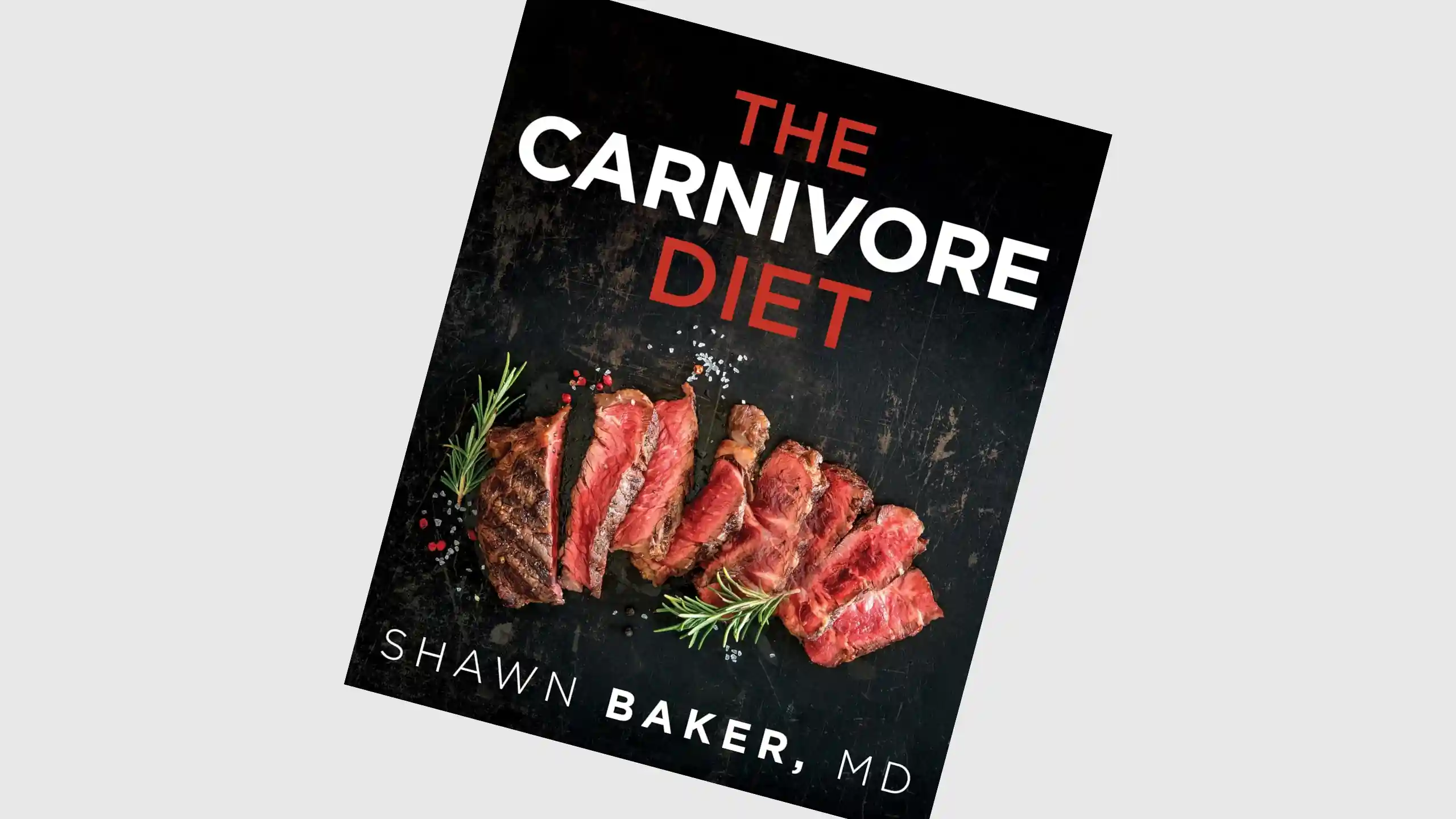Thru-hikers have discovered an unlikely ally in their battle against trail fatigue: meat. Lots of it. The carnivore diet, while currently considered extreme by some, is turning hardcore backpackers into fat-burning machines. Sure, the initial shift can be rough - nobody likes feeling like they're dragging a boulder uphill. But once the body adapts, something clicks. Mental fog lifts. Energy stabilizes. No more sugar crashes or desperate snack breaks. These meat-eating trail warriors are rewriting the rules of endurance, one protein-packed step at a time.
While many thru-hikers will load up on simple carbs and candy for their epic adventures, a select few are ditching the trail mix for meat - and only meat. The shift isn't always simple or pretty. Those first few weeks can hit like a hammer, with fatigue, dehydration, and the dreaded "carb flu" if electrolytes dip too far making every step feel like a marathon. Ketosis and adaptation typically requires several weeks of adjustment before the body operates efficiently.
More and more hikers are swapping their granola bars for beef jerky, where fasting and consistent energy help reign supreme. Welcome to the carnivore trail life.
But here's the kicker: once the body adapts, something remarkable happens.
The secret lies in fat. Lots of it. At 9 calories per gram versus carbohydrates' measly 4, fat becomes the hiking body's new best friend. Choosing good ribeye steaks, butter, and tallow aren't just delicious - they're rocket fuel for the trail. Smart hikers aim for their body becoming a fat-burning machine, delivering consistent energy without the crash-and-burn cycle of carb loading. A recent video by Dave Abbett demonstrated this perfectly with over 2,900 feet of elevation gain completed without any energy crashes.
But it's not all sunshine and rainbows as managing electrolytes becomes a consequential player in this high powered machine. When the body dumps excess water faster than a leaky canteen it takes precious minerals with it. Bone broth or electrolyte powders can become a form of liquid gold, and salt isn't just seasoning anymore - it's survival.
Timing matters less than you'd think. Some carnivore hikers thrive on one massive meal a day, while others prefer two smaller feasts, and others have done things like 5 fasted marathons in a row in a week to prove your body is fine without eating.
The body gets surprisingly good at saying when it's actually hungry, not just bored or habit-hungry.
Trail town meals should focus on fatty protein for recovery, aiming for 4-8 beef patties and cheese or a gorgeous steak will rev your engines and help repair post trail for the day. The carnivore diet isn't for everyone. But for those willing to push through the adaptation phase, it offers a unique approach to conquering long-distance trails. No trail mix required. Just meat, determination, and perhaps a slightly confused look from fellow hikers at camp.




